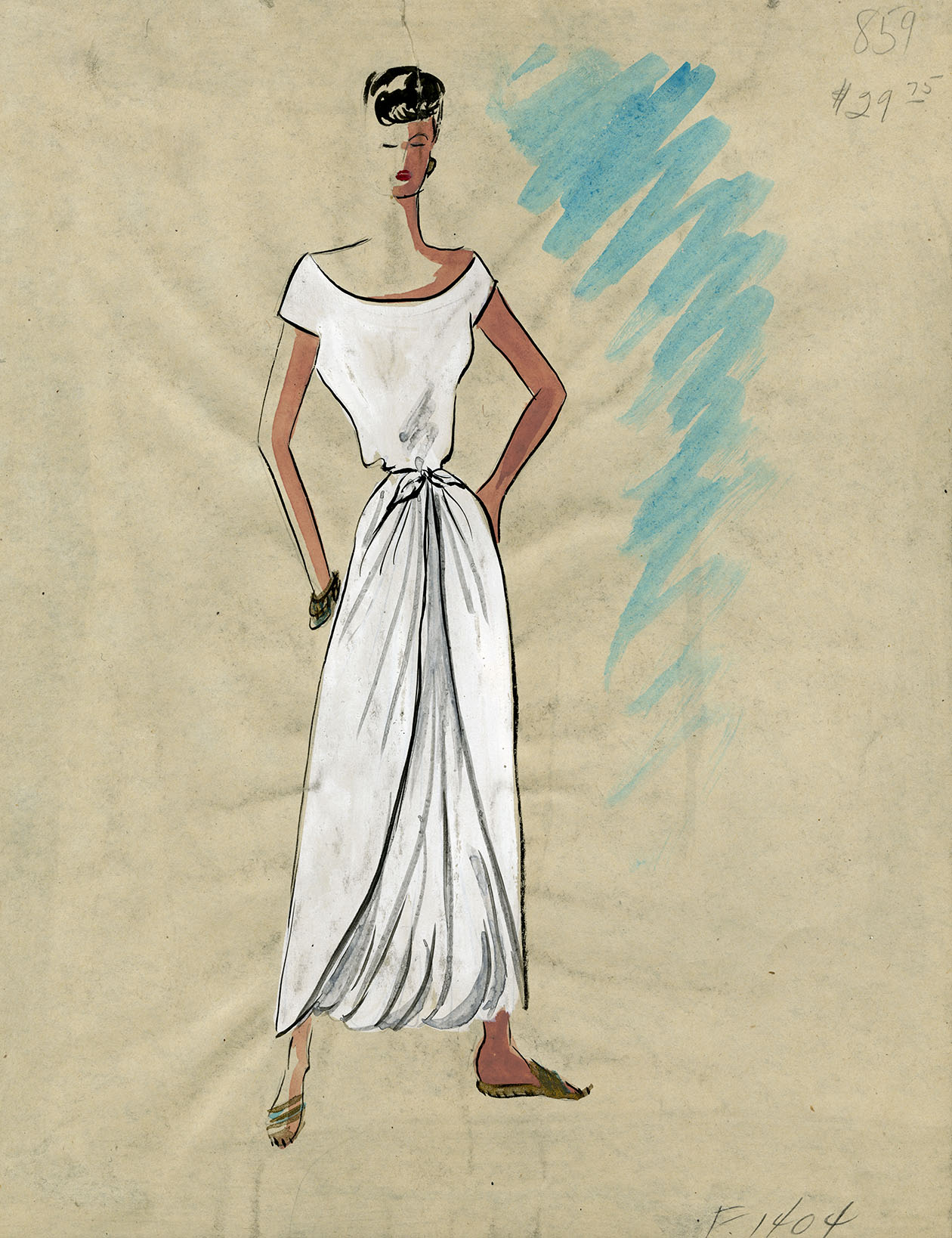At the end of February, Documenting Fashion’s MA class took a study trip to New York. Homecoming for some and the first time in America for others, these few days were outstanding, and we are excited to share our highlights with you.
I have been living in London since September, but I am from Canada. So when our class travelled to New York for our study trip last week, for me, it was sort of like going home. I was excited to once again see familiar stores and restaurant chains, as they are part of my native landscape of home comforts. However, now that I think back on our trip, it turns out, surprisingly, that it wasn’t these North American landmarks that made me feel right at home: it was how people dressed. (Maybe not that surprising, come to think of it, for a student of fashion history.) Seeing the way people in New York dress – head-to-toe black athleisure – meant I was back!
For those of you who are not familiar with the term, athleisure is a style of dress characterised by body-con, athletic-inspired clothing. It became increasingly popular beginning around 2000 as advancements in athletic-wear fabrics stimulated the creation of new light-weight, flexible, high performance and fashion-forward sports garments. Brands like Lululemon are credited for having sparked the trend that has been considered the most important fashion trend of the twentieth century. According to Forbes, the American athleisure industry is worth $44 billion.[1]

The question that begs to be asked is: is athleisure really is just a trend? Did the American appeal for versatility and practicality really spawn from athletic-wear brands that launched in the late 90s?
The visits we made to the Parsons, Fashion Institute of Technology and Brooklyn Museum archives would lead me to argue that, in fact, a preference for practical clothing attests to a distinctive American pragmatic attitude to dress that goes back to the first half of the twentieth century. We got to see sketches from various American designers, and it was interesting to see that underpinning their aesthetic were definite links to this established American taste for understated practical clothing. In fact, during the 1930s, Claire McCardell – one of the most influential American designers of the time – was already designing functional sportswear for women.

When I moved to London, it hit me that my ‘go-to’ North American uniform of Lululemon leggings and hoodies, which at home made me blend in with every other college student on my campus, actually made me look extremely underdressed and out of place on the chic streets of London. I was on an entirely different register from the sophisticated, tailored, colourful London look.
Therefore, interestingly, New York made me realize that while personal style may be specific to each person, it is definitely influenced to a certain extent by the surrounding fashion culture.
References: Wilson, Chip. ‘Why the Word “Athleisure” is Completely Misunderstood.” Forbes. April 18, 2018. https://www.forbes.com/sites/chipwilson/2018/04/18/why-the-word-athleisure-is-completely-misunderstood/#1c5aa6564697.


